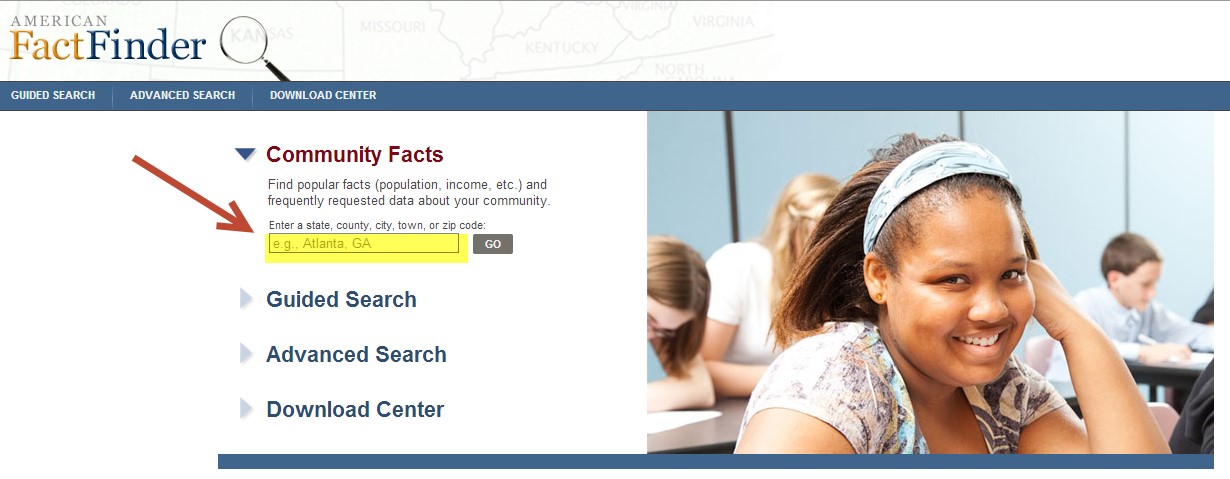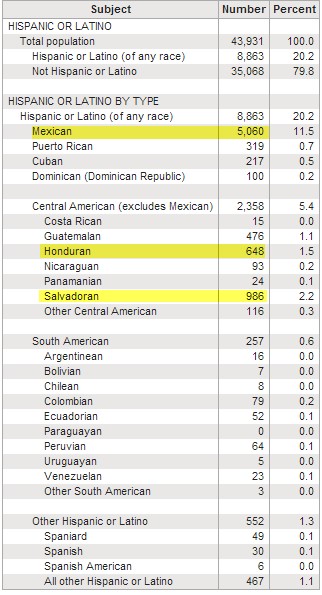Everybody needs local SEO. And if your business is local and has the potential to attract Latino customers, then you REALLY need local SEO. Using the right local Spanish keywords, customized to the Spanish-speaking community in your area, could make a huge difference in your business.
Why?
Because if you are a baker selling cakes, and your local Spanish community has a majority of Colombians, you should advertise your delicious “ponqués”. But if your potential customers are Mexicans, then don´t forget to include the word “pastel”. Better yet, use both words in your local SEO.
Most Spanish-speaking Latinos understand most types of Spanish spoken in the world. An Argentinian can communicate easily with a Mexican, or a Puerto-Rican with a Bolivian. However, depending on the subject, they might need clarification on a few words. And there is no subject that requires more clarification than food items.
Check out this interesting figure that came out of a recent study on Hispanic shoppers: Grocery was the largest category for Hispanic consumption in the retail sector, nearing 80% of the total annual sales of $18 billion! This category includes fruits, vegetables, fish, poultry, and meat. Fruits and vegetables are one of the areas where things need to be named properly for Spanish-speakers to understand what is that you are selling. Here are a few more examples:

Confusing? Very. The list goes on and on: strawberries may be called frutillas or fresas; peaches might be melocotones or duraznos; corn is maíz, choclo, elote, or jojoto; grapefruit can be either pomelo or toronja.
There are many other areas like transportation (car: carro, coche, auto; bus: camioneta, guagua, autobús) or clothing (underwear: trusas, bragas; running shoes: tenis, zapatillas deportivas; skirt: falda, pollera) where differences are common as well.
True, not all Hispanics speak Spanish. In fact, Spanish-speaking Latinos are declining in the US. According to the Pew Research Center, the population growth is now being driven by the children and grandchildren of immigrants who prefer English.

Still, according to the 2007 American Community Survey of the US Census Bureau, 28% of the Hispanic households in the US were classified as speaking only Spanish, 22% spoke English exclusively, and the rest used Spanish to some extent. Spanish is still alive and well in many communities, and it´s extremely important for some companies to consider this when marketing to heavily Hispanic areas.
McDonald´s, for example, has an entity called the Language Advisory Council (which I happily coordinated since last year), just to make sure the the Spanish words we use in training manuals, and e-learnings for employees are correct. Our team conducts monthly surveys to determine for example if “syrup” should be translated as “jarabe” or “sirope”, or if a cloth should be “empapado” or “remojado” (soaked) in a cleaning solution.
Know The Demographics Of Your Zip Code
The Census Bureau provides a great tool to do some research regarding your zip code population. It’s the American Fact Finder Tool:

Type your zip code, and you will get a screen with lots of useful information. Click the Hispanic or Latino by Type link to get an idea of the types of Latinos in your community.

In this example Mexicans are the overwhelming majority. However, Latinos from El Salvador and Honduras are a prominent part of the community, too. Venezuelans and Argentinians are not that numerous.

If your product is one of those that has multiple Spanish names, use SEO to your advantage.
Customize Your Spanish
Ideally, if you have a lot of potential local Latino customers you should create some Spanish content in your web page/blog talking about your products. At the very least, include some paragraphs that appeal to your demographics.
If you speak Spanish, it shouldn´t be too difficult to approach some of your clients from México, El Salvador, or Honduras, and ask their opinion or advice about which keywords will work best. That will be the best survey you can conduct.
If you don´t, then you can use any of the multiple services online to get your copy translated. However, be very clear about the type of Spanish that you need. Some good resources are:
- ProZ: It allows you to ask quick questions to the translators community about specific words, and also you can hire translators.
- Upwork: It´s a great resource for quickly finding a translator with a specific background. Search for freelance translators adding the country you need them from. Upwork has also a review system similar to eBay.
Make Sure You Are Reaching Your Mobile Hispanic Customers
Mobile is important for any business, but if your business is a brick and mortar one in a Latino area, the right Spanish SEO will drive customers to your door — for two reasons.
- Hispanics lead smartphone use in the US., according to Nielsen 72% of Latinos over 18 own smartphones. This is nearly 10 percentage points higher than the national average. Matt Cuts said at the SMX West conference last month: “By the end of 2014 we expect mobile searches to surpass desktop ones.”
- If you haven’t noticed, the map pack shows the results above the organic results when searching on mobile.

Quoting Greg Gifford, from Moz: “Showing up in the map pack or the Local Carousel is incredibly important when a business is trying to pull in customers from the immediate area.”
So if you put together all this information a picture emerges that may be interesting and lucrative for your business:
- There is an important percentage of the Hispanic population that speaks Spanish.
- Spanish speaking Latinos search in Spanish. Bilingual Hispanics may search in Spanish too.
- Groceries and local retailers are a major spending source for Latinos.
- Local searches on mobile are growing. Local SEO in Spanish will bring customers to your doors.
- Know your local Hispanic population and cater to them.
- Grab local Spanish clients with the right keywords for your business.
And remember, you don’t need to be an expert in Hispanic demographics or even speak Spanish to get some quality targeted Spanish words in your web page. You just have to find the right help.
Image Credits
Featured Image: Popartic via Shutterstock
Image #1: Created by author for Search Engine Journal
Image #2: Pew Research Hispanic Trends Project
All screenshots taken August 2014





![AI Overviews: We Reverse-Engineered Them So You Don't Have To [+ What You Need To Do Next]](https://www.searchenginejournal.com/wp-content/uploads/2025/04/sidebar1x-455.png)